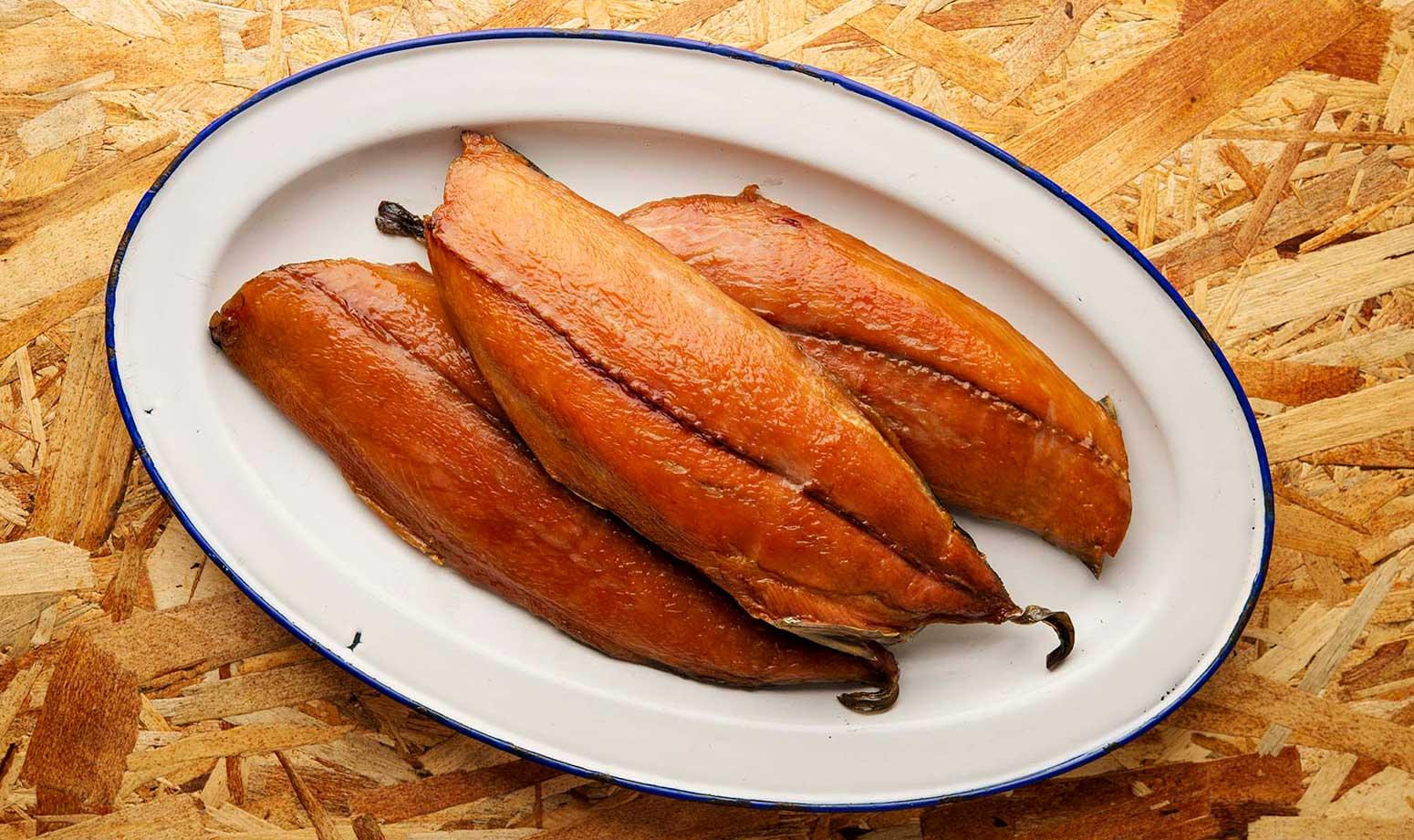
Photo by Holly A. Heyser
Sometimes, it’s frustrating to think that we need a guide on how to cook bonito fish. After all, its name means “pretty” in Spanish, and it lives up to its name by being both beautiful and delicious. However, this little tuna has been unfairly labeled as a trash fish. Let’s explore why that is and discover how we can change that perception.
Unveiling the Misunderstandings
Firstly, there is quite a bit of confusion regarding the different species of fish that fall under the term “bonito.” The Atlantic bonito, the striped bonito, and the Pacific bonito are the most commonly referred to. Additionally, there is a similar fish called the false albacore. While these fish may not share the same level of fame as their glamorous cousins like bluefin and yellowfin tuna, they are far from being trash fish.
Secondly, bonito and its relatives are often caught unintentionally while targeting other species. This can lead to frustration among anglers who didn’t catch their intended fish. Moreover, these bonitos have darker meat and more prominent blood lines compared to the more popular tunas. While the blood line meat may not suit everyone’s taste, the remaining flesh is truly exquisite.

Photo by Holly A. Heyser
Thirdly, due to their accidental catches, bonitos are often mistreated on deck, and this contributes to their undeserved reputation as trash fish. Proper handling is crucial. Just like with albacore or yellowfin, bleeding the fish immediately after catching and placing them on ice is essential. Failure to do so results in a rapid decline in texture and aroma. Therefore, it’s essential to treat bonitos well to fully appreciate their culinary potential.
The Sustainable Tuna Alternative
It’s worth noting that bonitos are sustainable fish that are rarely targeted by commercial fishing. Choosing to consume these fish not only satisfies your taste buds but also aligns with eco-consciousness. They’re a guilt-free option that won’t break the bank, and they’re also much easier to catch.
Once you have your bonito, filleting them is similar to any other fish. Skinning is recommended, unless you plan on smoking them. Remove the top and bottom “loins” from the dark blood line. You can either use the blood line as fertilizer for your garden or feed it to your feline friends.
To inspire your culinary journey with bonito, here are a few recipes to get you started.
General Cooking Tips
Raw bonito is a delicacy that carries a minimal risk of parasites. Instances of illness caused by raw bonito consumption in the United States are exceedingly rare. However, freezing raw bonito compromises its texture, so consider the associated risks before making your decision. It’s worth mentioning that there have been no reported cases of illness resulting from consuming raw bonito in the United States.
If you prefer to cook your bonito, grilling or smoking are highly recommended. Grilling bonito, smaller in size than yellowfin, benefits from high heat. Ensure your grill is clean and your fish is well-oiled to achieve a flavorful and succulent result.
Pan-searing bonito is another fantastic option. Apply high heat and use an oil with a high smoke point (such as canola, sunflower, or grapeseed) to sear the outside while keeping the center pink.
If you’re feeling adventurous, try pressure-canning bonito. This method allows you to enjoy bonito in a texture reminiscent of “chunk light” tuna. Pack the bonito pieces into pint jars, add a pinch of salt and a few spoons of olive oil, then pressure-can at 10 psi for 90 to 100 minutes.
Lastly, smoked bonito is an absolute delight. Apart from consuming it raw, smoking happens to be my favorite way to enjoy this fish.
Whether you choose to savor it raw, grilled, seared, canned, or smoked, bonito offers a world of culinary possibilities. Let go of the misconception that it’s a trash fish and embrace the beauty and flavor that it brings to your plate. For more outstanding recipes and tips, visit Ekilove, your guide to all things delicious and delightful.



